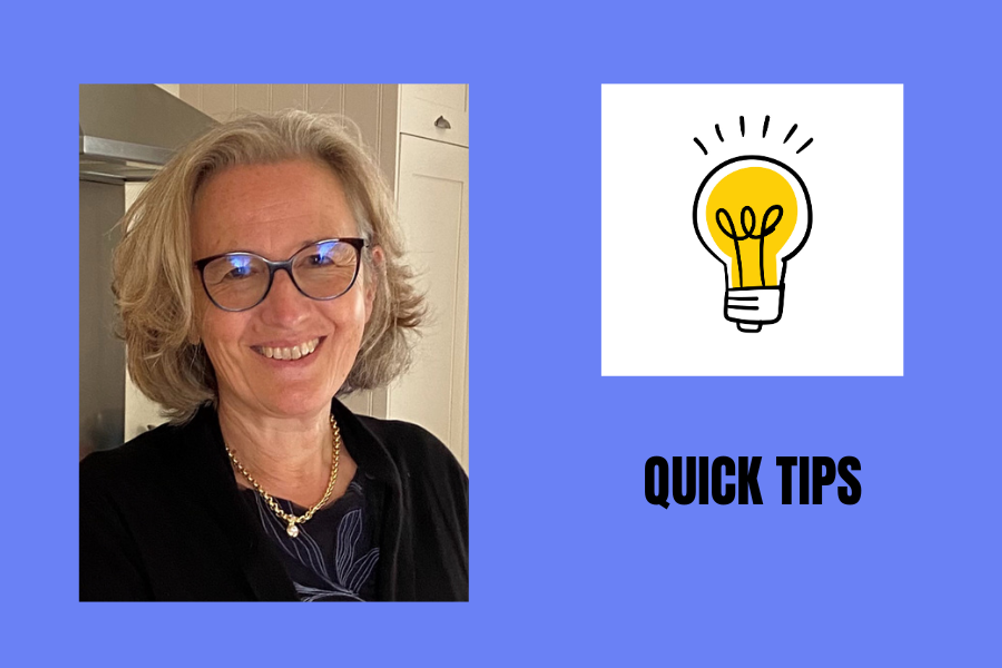
THE FIRST LESSON
First impressions. Initial lesson(s) will inevitably make memories for your student going forward. Be positive, but read each individual to check that you don't overdo it – some may be a little anxious, others excited – and be alive to the possibility that the student could have SEN. (Not all schools/parents communicate these, but this is a positive in some ways because a good experience in your studio may result in increased self-esteem in the classroom.)
Make music! It sounds obvious but first lessons should include some music-making. (That is what the student has come for, after all.) Play along with something that your student knows – perhaps ‘What shall we do with the Drunken Sailor?’ or ‘Frère Jacques’. Ask students to pizzicato on open strings to accompany you. This way the student hears you play, and feels included in the music-making.
Concentration. In one-to-one lessons, being able to focus on one student is a luxury because you have the flexibility to tailor what you do. If a student isn't with you, move on to something else and return to it another time. In group lessons it is harder to accommodate everybody; be as adaptable as you can within the group dynamic.
Playful approach. Remember that young students are most likely to spend their leisure time playing. Being handed a (usually) shiny new instrument is rather like receiving a new toy. Use this to encourage curiosity but explain that instruments are delicate, especially the bridge.
Gamification. With playing in mind, make initial exercises fun and relatable. To make them applicable to your student you will most likely need to ask a question or two about what they like or dislike. Certain analogies, such as those that involve food, are usually successful, but only if the student likes the food in question.
Imagination. Young students usually have great imaginations which may be harnessed in many different ways. Use them.
Copying. In the playground children tend to grab each other's attention by asking whether they can, say, climb to the top of the climbing frame. Use this in lessons; actions are often more powerful than words.
Physicality. It is important to bear in mind that good string playing is a full-body experience; it is sometimes easy to lose sight of this if focusing on small movements at the extremities of the body. From the first, encourage a sense of ease and space around the instrument.
Bow hold. Students tend to want to rush into playing with the bow, but encourage an understanding of preparatory exercises first.
Performance. It is literally never too early to start preparing for stage presentation, and it can be fun too, especially in first lessons where concentration may be ebbing. Learning to take a bow in front of an audience is fun to teach. Suggest soft toys or pets as practice audiences at home.
Sound before symbol. If introducing notation, start with two open strings and show how the sound of the different strings corresponds with the placing of the higher and lower note-heads on the page.
IN BETWEEN LESSONS
Achievable aims for the next lesson. Give small specific tasks. With violinists, learning to hold the violin in rest position could be an initial task; with cellists, it could be sitting well with feet flat on the floor. Include something musically explorative/imaginative too, most probably using pizzicato. If using the bow, ask the student to bow the names of people or pets they know, using small bows on one string – this is usually a winner.
Practice. Little and often is key. Encourage your student to find a safe place for their instrument at home, but to keep it out of the case so that it is easy to pick up and play.




